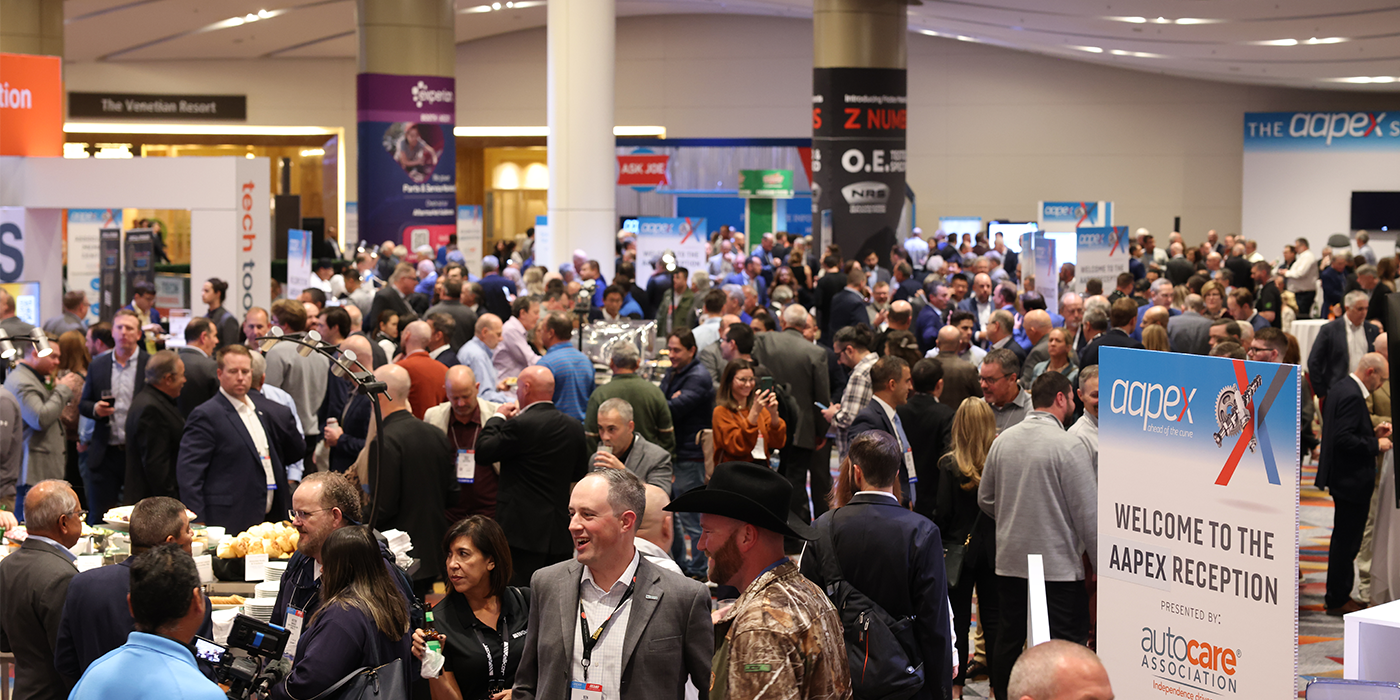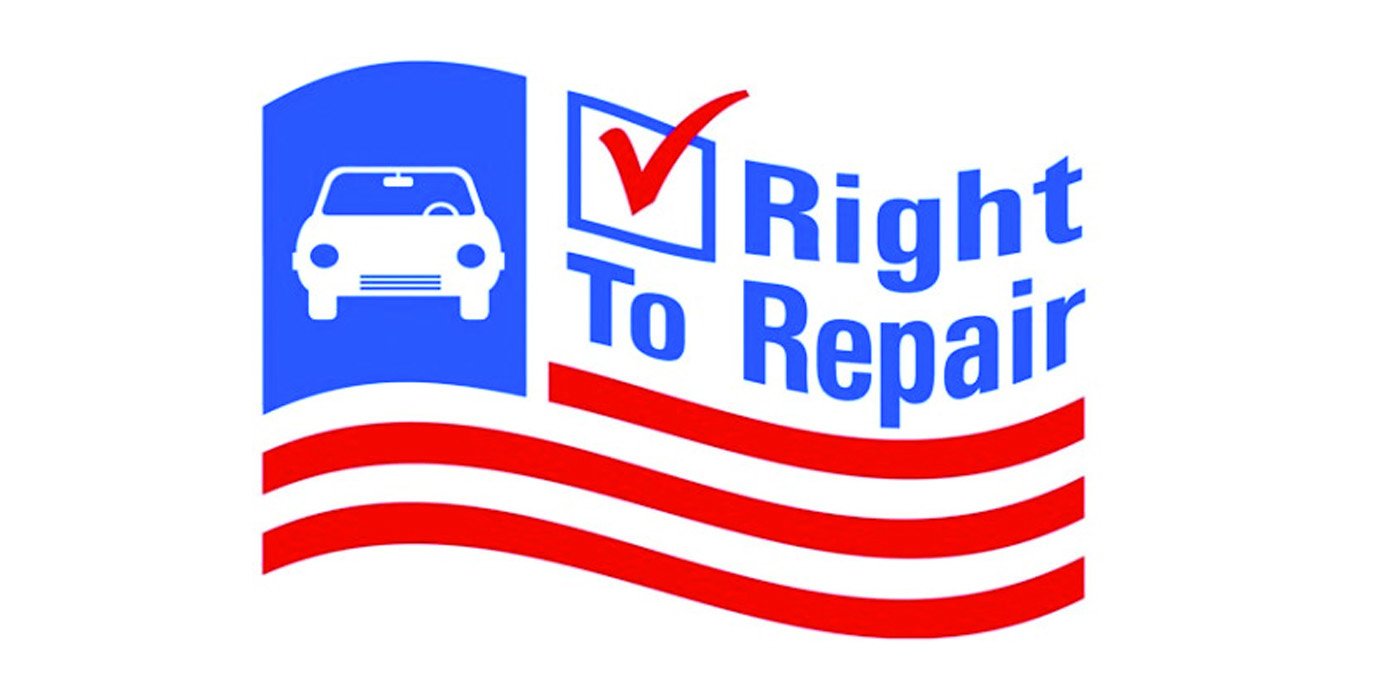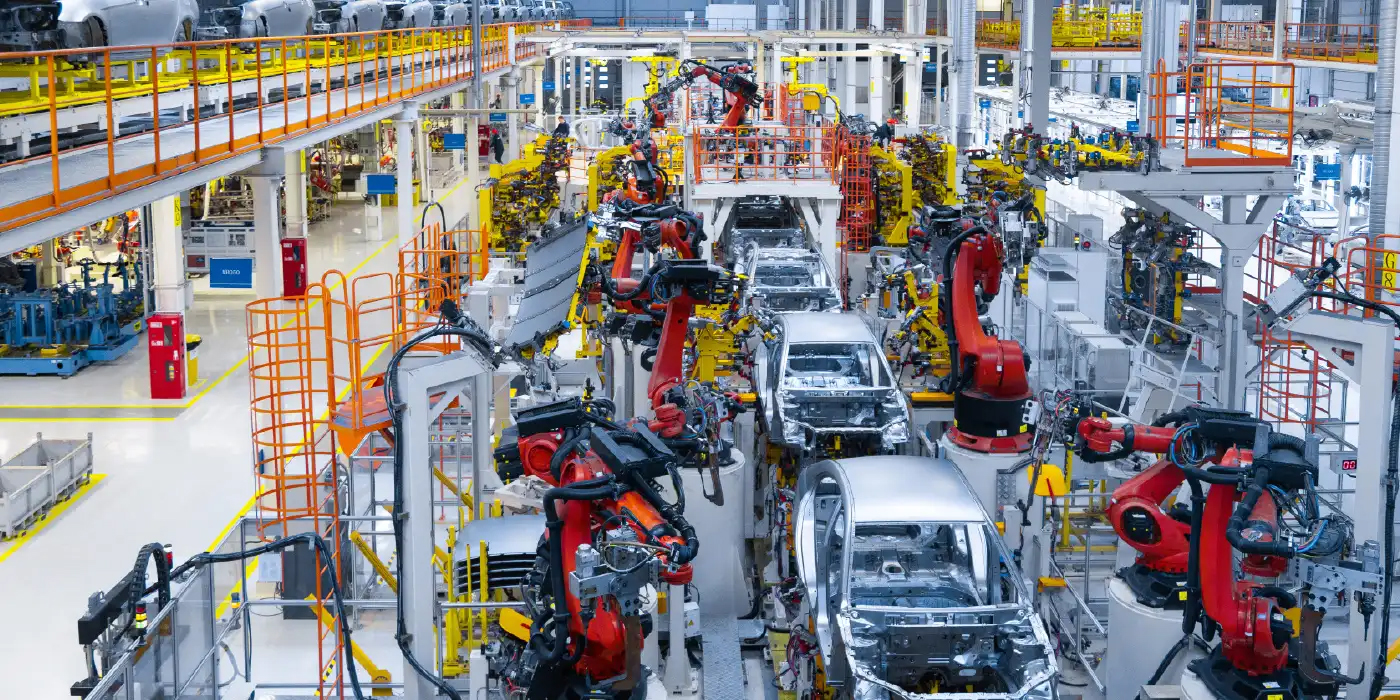AKRON, OHIO — Reports have been coming into our office about the rise in price of R-134a, mobile air conditioning system refrigerant. Sources have told us there are several factors behind it, namely the increase of offshore R-134a demand, both from Europe and Asia, uncertainty over the future use of the refrigerant (especially in Europe) and increased demand for R-134a for non-vehicle applications such as industrial. We asked top experts from the Mobile Air Conditioning Society (MACS) Worldwide to help us sort out this issue. Read on to find out what’s really going on with R-134a.
Can you explain for us what is going on with the supply issues currently surrounding R-134a?
Elvis Hoffpauir, president and COO, MACS Worldwide:
On the supply side, we’ve been advised that multiple manufacturers experienced significant production problems in 2004, which have significantly impacted R-134a inventory. Trying to get the inventory up to where it needs to be is a continuing effort.
Ward Atkinson, MACS technical adviser; member SAE’s Interior Climate Control Standards Committee:
The demand for 134a has slowly grown since the 90s. Now, as we get into the 2000-2010 time period, there are a lot of constraints affecting the market. Some of the Asian car manufacturers had been using CFC-12 in their cars and because of the Kyoto protocol they are now stopping the use of CFC-12 for mobile air conditioning systems in India and China. Now, more and more cars are being produced, and with more cars in the car parc that means there are more cars in the world that have to have R-134a for servicing as well as for new car production.
In addition, Europe is currently phasing out HFC-134a and also HCFCs, and that has resulted in using some plant capacity to start manufacturing new refrigerants that will be required in the European community, both in the mobile A/C area and also in the commercial sector. So what’s happened is we’ve lost some plant capacity worldwide while we have a continued increase in demand for 134a refrigerant in the U.S. This is a supply and demand situation that will become very obvious in the summer of 2005.
Paul DeGuiseppi, MACS manager of service training:
It’s also important to note that no automaker approves the use of any refrigerants in any mobile A/C system except for R-12 and R134a.
Can you speak to how this is impacting the mobile A/C industry at the service level?
Hoffpauir: We’re concerned with the increase prices that consumers and others may turn to these alternative refrigerants, which are not approved by any automaker. I think it’s important to underscore what Ward said earlier. Despite the production difficulties suffered by some manufacturers, the worldwide issue is that demand is now catching up with supply and its becoming a much more balanced situation.
Atkinson: As we’ve learned how to build these air conditioning systems better, the new systems last a lot longer before they need to be taken in for service. We’re now seeing cars go five or six years before they need to be brought in for A/C service, if properly maintained. If you have failure today, it’s usually a major failure, such as compressor failure or something to that degree and in these situations, refrigerant cost is really a minor portion of it.
Summary by Amy Antenora, Managing Editor, aftermarketNews.com:
In September 2004, DuPont issued a statement notifying customers that it was experiencing a shortfall in its supply of its 134a refrigerant. The company experienced an interruption at one of its manufacturing plants, which occurred during a time of peak demand and low seasonal inventory, it stated in a press release. DuPont said the problem was a short-term supply issue, which was expected to continue through the end of 2004. Apparently, DuPont was not the only manufacturer of R-134a to experience supply issues in recent months.
Now, we’ve been hearing reports that the cost of R-134a has risen dramatically in a relatively short period of time. For example, Honeywell Refrigerants Europe raised prices on R-134a three times in as many months. The company announced a 12 percent increase in November 2004, then another 11 percent increase in December 2004 and yet another 10 percent increase on R-134a on March 1.
However, as we learned from executives at MACS, these supply issues are the result of a combination of global market factors, not just disruptions in manufacturing operations. According to MACS, the use of R-134a is being phased out in Europe, which means less plant capacity is being dedicated to this particular refrigerant as other new refrigerants are being manufactured. On top of this, the number of vehicles in countries in such as China has increased dramatically over the past few years, meaning more of a demand for R-134a as the supply is diminished.
While MACS did not offer any predictions on how long these supply issues may continue, they did offer some important reminders for technicians. According to MACS, even though there are a number of other refrigerants on the market listed by the U.S. EPA as environmentally acceptable, they are for use only in CFC-12 automotive A/C systems. The EPA listing does not identify any replacement refrigerant for HFC-134a systems, and the U.S. EPA has not evaluated alternative refrigerants for system performance and durability. If non-OEM approved refrigerants are installed in HFC-134a systems, there are a number of potential concerns, including system cooling performance, reliability and material compatibility. Chemical damage from blend refrigerants (chlorine) to system lubricant, seals and hoses and contamination with lubricants required for blend refrigerants are also a concern. In addition, technicians must be certified to work on mobile A/C systems.
_______________________________________
Click here to view the rest of today’s headlines.













